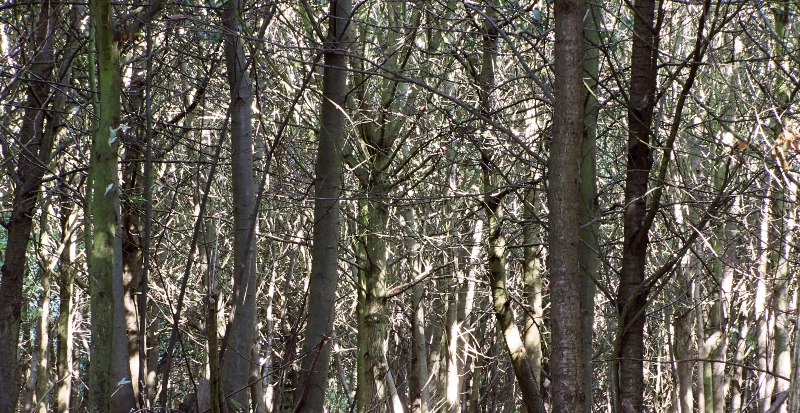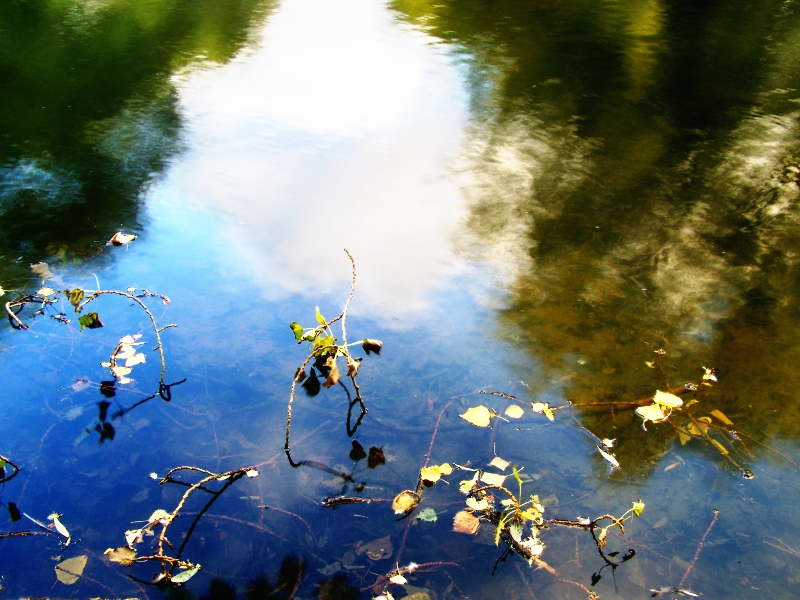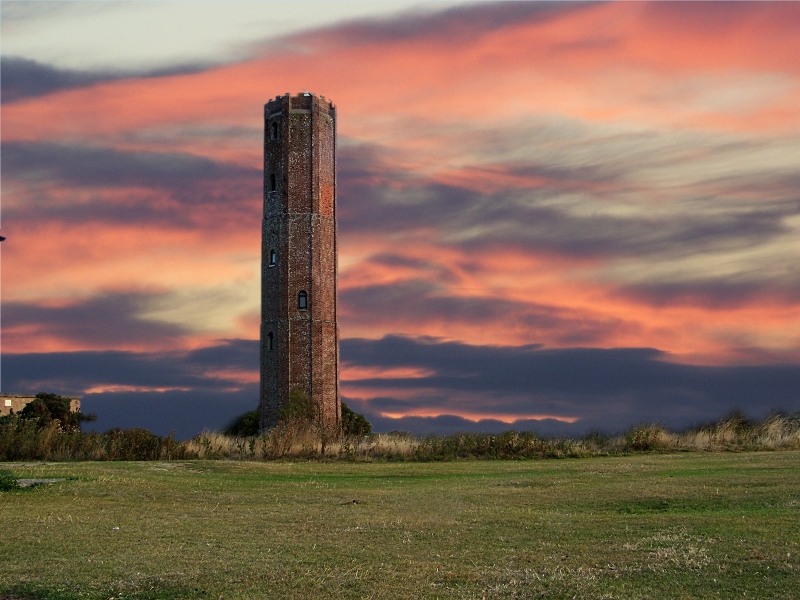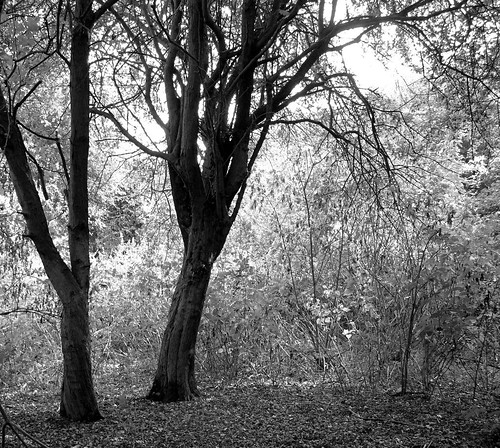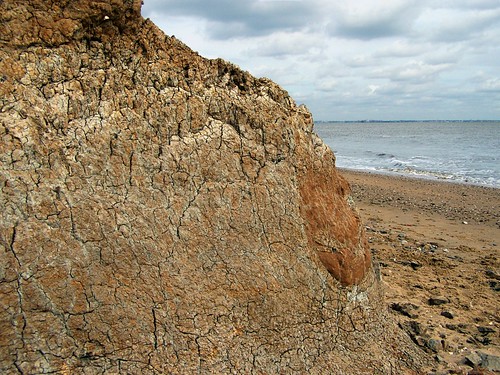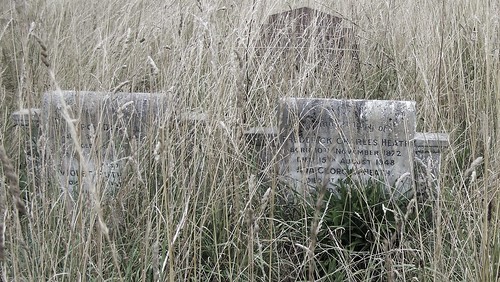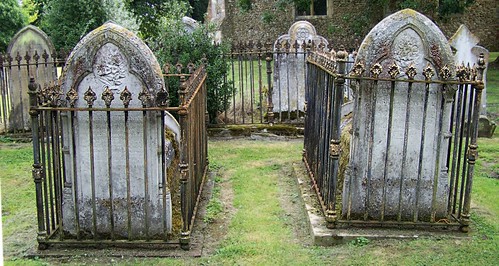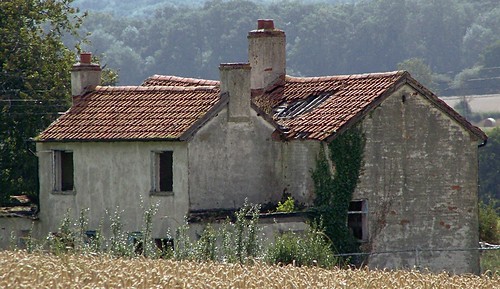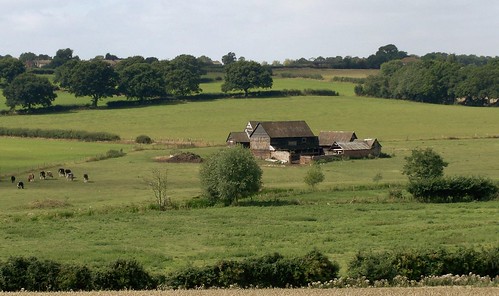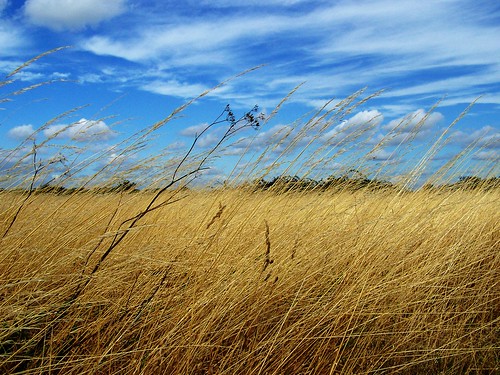Previously on Dartmoor : Foggintor Quarry area
Re-supplied and fortified My journey to Nun’s Cross Farm could wait just a little while longer. The fine visitor centre in Princetown was well worth another visit. The dog was welcomed in and had not abused such a warm welcome so why not a second visit.
In a former life the visitor centre was the hotel Conan Doyle stayed in. Later he writes Hound of the Baskervilles, an ever present thread to my Dartmoor wanderings, often the very real soundtrack as my mp3 player has the audio book in endless repetition.
Conan Doyle, after a series of deaths of those loved and close retreated into the fad of spiritualism which had been given a boost by the slaughter in muddy foreign fields, 1914-18. The same slaughter that is remembered by Dartmoor granite memorials around the country.
Stepping into the centre, the immortal Sherlock Holmes leans precariously on the stairs. A shop dummy, dusty eyeballs, only determined imagination can turn him into a mercurial genius. Nothing quite as bad as the Monks on display at Buckfast Abbey, but that is a whole different tale.
Conan Doyle did not stop with spiritualism, he believed in fairies, as evidenced by the photographs taken by two small girls at the end of their garden. It would not have taken Holmes long to see through the cardboard fairies. The world was still asking the sisters if the Cottingley Fairy photographs were fake 60 years later. Eventually the sisters confessed, they were fake. The photographs were fake, but there were fairies at the bottom of the garden, they had seen them.
The fuss is over five photographs. Four were hoaxes, the fifth, one of the sisters maintained was genuine. Your laughing, but deep down, you want that fifth image to be real too. I will ask the Piskies, if anyone knows they do.
Princetown has claim to a few “highest” records, even if they are somewhat parochial in nature. Highest town on the moor, highest railway in Britain. A record somewhat tarnished by the closure of the railway in 1956. Can you hold a record for something that no longer exists?
The path to Nuns Farm Cross is well defined, it starts between the two pubs near the roundabout, 40 yards, your on the Moor. The path is a white scar on a green carpet today but I suspect the colours are weather dependant. It is uphill, almost instantly you are looking down on the town with all the pretensions to height. The higher you go the more dominant a feature the great granite bulk of the prison becomes.
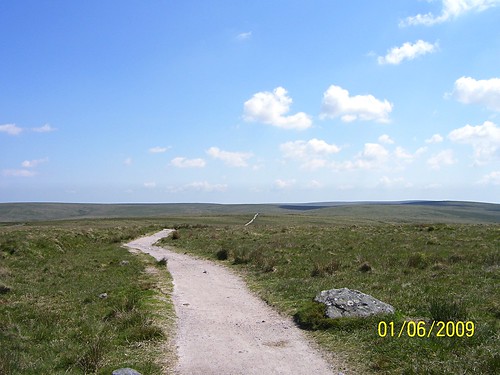
This prison being the place from which the madman Seldon has escaped in The Hound of the Baskervilles.
South Hessary Tor is before me and has activity beside it, a large group of people milling about. Britain’s finest are training, all guns and gear. The OC is telling them something, it might be navigational in nature. This green and pleasant land is not what they are training for, the armed service have a purpose beyond Northern Ireland or worrying about holding back the Russian bear for a few minutes before it rolls over them.
The path sets me on a collision course with the group, it is something I cannot easily avoid. The guns loom large in my mind, the authority they naturally represent. It is a natural enough reaction, who wants to walk through the middle of an armed gang? But it is not my real concern. Dog 2 is already going ahead, he is very keen to collect as many pats and tickles under the chin as he possibly can.
The setup is perfect, the soldiers are strung out along the path, some sitting, some crouched, others standing. The first soldier tickles Dog 2, it seals the fate for the rest of them. Down the line dog 2 goes, not moving until he has collected the pat he feels is his due. The ice is broken before I reach the group, now I have to walk the line, nodding, grinning, greeting, feeling I should say more to thank these people, tell them they must be bonkers, glad someone is still prepared to pay the price, feeling awkward and English about it. No words do justice to my feelings, so I say nothing.
The path stretches onwards, the views all around me are wonderful, the sun is hammering the moor, I am very keen to get my first glimpse of Nun’s Cross Farm.
A series of stone boundary markers lead the way, paths criss-cross, to my right Burrator reservoir can be seen. A great flat disk of fallen sky. Devonport Leat is visible heading towards it in the foreground.
The Leat is on my list of things to be seen this trip, its a man-made water course afterall. In a previous visit I walked around Burrator Reservoir, that was a wonderful day, it could not be repeated if I wanted too, so I am not going to risk trying.
My trips to Dartmoor have been blessed, the odd snatched week here and there from March to October and all more than the expected quota of sun. One year I was soaking up the sun a week before the ten tors was abandoned because of hideous weather. I cannot decide if it is more extreme weather patterns or more extreme reaction from health and safety.
My footfalls stir up grey dust, either side of the path are dark peaty pools, lucky me, my complaint of it being “too warm” is a great complaint to have in England. Dog 2 investigates the peaty pools religiously, he is thirsty, the dog bowl is fished out of a pocket. If he sticks his head in the bowl, he wants a drink, if he doesn’t it goes back in the pocket, he sticks his head in the bowl. It is an old collapsible drinking bowl bought many years ago, a survivor of many walks, it has lasted longer than the shop it was bought from.
In the dip of two hills, bookended by single trees, the grey straight lines of a dwelling. Nun’s Cross Farm, it can be seen from quite a distance, the cross nearby can also be seen, a cow stands guard.
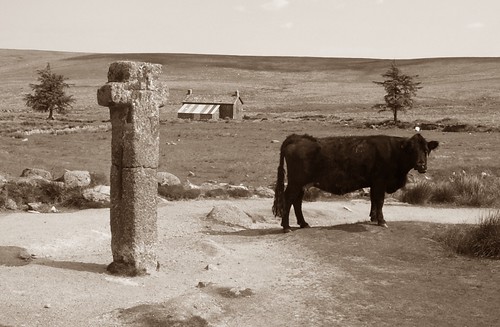
The Cross, Siward Cross, is older than the farm, it is possibly the oldest cross standing on Dartmoor. It first gets a mention in 1240, making it the earliest recorded, it is older than that. It is also the largest cross standing on the moor.
In 1846 the shaft was broken when the cross was upturned for no more reason than it could be. Two years later it was thankfully repaired. The alternative name is Nun’s Cross and is now more commonly used. Nun being a much used word within this area, Nun's Cross Brook, Nun's Cross Common, Nun's Cross Farm, Nun's Cross Ford, Nun's Cross Ford Mill, Nun's Cross Hill, Nun's Cross Mine, Nun's Cross Mire, and Nun's Cross Warren (Legendary Dartmoor ).
Beckamoor, or Windy Post is my favourite of the Dartmoor crosses, but this grandfather of them all is a good second. It is a solid citizen, human scale and guardian of much around it.
The farm was not so long lived, the land having been enclosed around 1870. One main structure still stands and is now used by Kelly College as a centre for outdoor activity on the warmer evenings.
When I was there, it was just being opened up for the first time that year, it is very basic and not a place to venture into if you don’t like mice.
Within the farm walls can be made out the humps and bumps of foundations for various farm buildings, now fallen, all but obliterated.
There is an image taken in 1962 which shows the buildings just about still standing. Link to image. A lot has changed in 50 years, and it is a reminder to always take a picture today, tomorrow it is different.
On past the farm the path marches relentlessly and I am carried along with its flow, the desire to see over the next hill and what lies ahead for other days exploration.
Quite swiftly the farm is out of sight, although I rarely look back at views, preferring what lies ahead. When I do look back from time to time, I wonder why I don’t do this more often, but it never becomes habit forming.
Coming towards me is a gang of people, they are not army, they are not seasoned hikers. They have the appearance we all had once, wear what you got and borrow what you haven’t. Young people with ideas of being adult. They trudge past with varying degrees of enthusiasm. I know where they are going, but I hope to be wrong.
“Where are you going?” I ask every fourth or fifth person. It is not me being obtuse or forgetful, it is because so far none of them know. I do, but not going to give them any clues.
Sure enough my quiet wildcamp spot is overwhelmed with noise and bad language. I am 24 hours too late to enjoy quiet reflection at Nun’s Cross Farm. Kelly College is opening the farm up as well, another large group of younger children appear. They are none too impressed with the language their young charges are going to be subjected too. I am simply too darn tired to move, I pitch camp with the squealing going on around me, feet running past. I am able to sleep in circumstances others might find difficult, a practised art which serves me well. Even the dog doesn’t care, into the bivvy, asleep.
I had been warned this was a popular wildcamp spot.
My feet are treated to a wet wipe each, the sheer decadence of it is delicious. It felt very nice to be pampering the “plates of meat” while a beef concoction involving rice and a pot noodle for good measure was being prepared in the trangia.
I am a curiosity for the children around me. One group asking if I killed rabbits to live out on the moor. There seemed to be a general belief I had not seen civilisation for a long period of time. Less than 10 hours out from sausage and chips in Princetown it is difficult to know exactly how to react to this sort of news.
One group are troubled youths, their caretakers hoping a trip out into the countryside will somehow remodel them when they return to whatever urban existence awaits them. Is there any evidence this works, or is it just an exercise in flushing cities of their human waste for a while. Poor sods haven’t got a chance, it is touch and go with a good start. Start bad and it is a hell of a slog.
In my bivvybag my MP3 player transports me back in time, Sherlock Holmes is hot on the trail of the giant hound. There is strong suggestion Nun’s Cross Farm is the original inspiration of Merripit House. The Fox Tor Mire which can be seen nearby the potential model for The Great Grimpen Mire. I crank up the volume, if I cannot lose myself in the solitude of the place, I can drown out the present with the past.
And the Cottingley Fairies?
Well the Piskies told me the fifth photograph was studied in 1972 by the curator of the Kodak Museum. The conclusion, it was a double exposure of cardboard cut-outs. Both sister’s had taken a picture. This is probably why one believes it is genuine, unaware it was a double exposure and eventually too old to change her mind. Clever little people the piskies.



